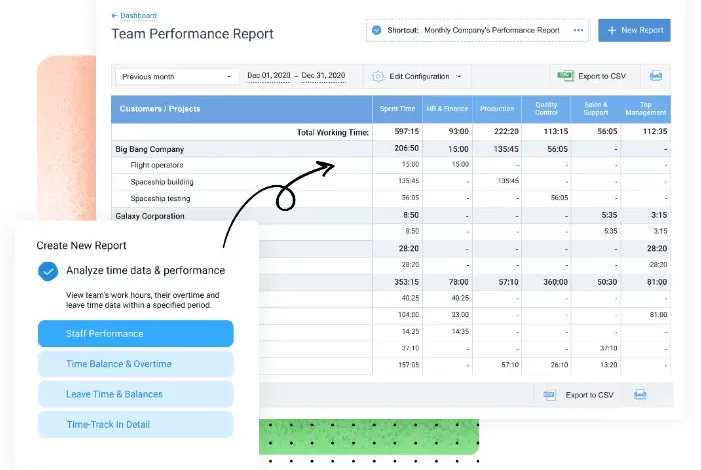
Navigating Hybrid Work Schedules: The Role of Advanced Timesheet Solutions
Hybrid work models combined with remote and onsite schedules have become a cornerstone of modern professional environments. Adapting to this shift requires robust management tools to ensure productivity and accountability. Among these tools, employee timesheet software stands out as a critical asset for monitoring shifts, work hours, and break times. So, this article delves into how such applications facilitate seamless operations within hybrid setups.
Hybrid Model Dynamics
The hybrid model offers a flexible approach, allowing employees to split their time between home and office. However, this flexibility introduces complexities in tracking duty hours and ensuring all team members are on the same page. A sophisticated attendance system becomes indispensable, providing a clear view of each employee’s schedule and activities.
The Core Functions of Timesheet Software
At its heart, a shift scheduler tool automatically records duty hours, eliminating manual errors and discrepancies. It enables managers to oversee employee schedules in real-time, fostering transparency across the board. This digital solution simplifies monitoring attendance, breaks, and overtime, ensuring compliance with labour laws and company policies.
Enhancing Team Coordination and Communication
Coordination can be challenging in a hybrid setting due to team members’ physical separation. A suitable time-tracking monitor bridges this gap by offering a centralised platform where personnel can log their availability and view their colleagues’ schedules. This fosters improved collaboration and helps align team objectives, regardless of location.
Streamlining Project Management
Project management becomes more efficient with the integration of a timekeeping system. An advanced solution provides insights into how much time is spent on specific tasks, enabling better resource allocation and time management. Managers can identify bottlenecks and adjust schedules accordingly, ensuring projects remain on track and within the allotment.
Facilitating Work-Life Balance
One of the hybrid model’s most significant benefits is the potential for a healthier work-life balance. Hours tracker applications contribute to this by enabling employees to record their duty time accurately, discouraging overtime and promoting time off. It respects personal boundaries while maintaining professional responsibilities, a delicate balance in today’s fast-paced world.
Leveraging Data for Strategic Decisions
Beyond tracking hours, a duty time recorder generates valuable data that can inform strategic decisions. Analysis of schedules can lead to insights into peak productivity periods, optimal team compositions, and areas requiring additional support or training. This data-driven approach aids in fine-tuning operations and enhancing overall efficiency.
Adapting to Evolving Trends
A software’s flexibility becomes critical in the effectiveness of duty time schedules. It must adapt to changes in arrangements, regulatory requirements, and technological advancements. This adaptability ensures organisations respond swiftly to new challenges and opportunities in the hybrid type of landscape.
Ensuring Equity and Fairness
Equity and fairness in the workplace are paramount, particularly in hybrid setups where visibility is reduced. An employee time management system maintains fairness by providing an unbiased record of duty hours and contributions. This helps distribute the task load and recognition fairly, fostering a culture of trust and regard among employees.
Automated Alerts and Notifications
This feature sends real-time alerts to managers and employees about critical time-related issues, such as approaching overtime limits, timesheet submission deadlines, or break reminders. It ensures compliance with company policies and helps maintain work-life balance.
Integration Capabilities
Modern timesheet systems integrate with other business tools and approaches, such as project management software, payroll systems, and HR platforms. This interoperability streamlines workflows, reduces the need for manual data entry, and confirms consistency across different aspects of business operations, enhancing overall productivity and record-keeping accuracy.
Hybrid work requires efficient tools. An employee timesheet software is essential for monitoring work hours. Such digital solutions are critical for seamless operations and satisfied employees.





